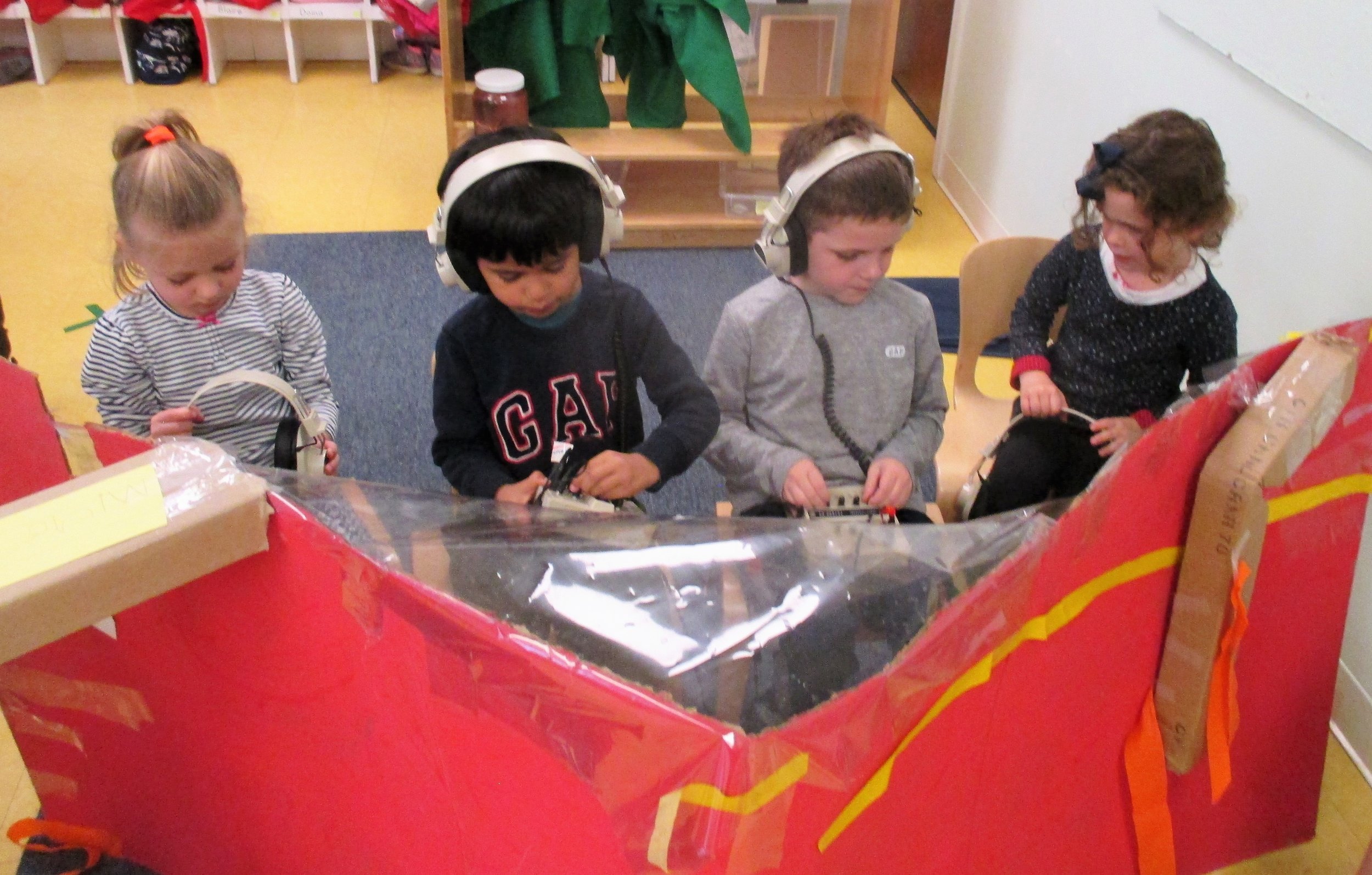Our curriculum
Children learn best when learning begins with what they already know and capitalizes on emotional involvement with the content. When children actively construct their own knowledge (rather than simply memorize what others have learned) they are more likely to be motivated in the learning experience.
In the process, intellectual abilities become stronger and can lay the foundation for a lifelong disposition to ask questions, seek answers, and make sense of significant events around them. At the same time, the development, application, and strengthening of vital social competencies occur, also with implications for lifelong use and value.
St. Saviour’s evidence-based curriculum reflects the latest knowledge in early childhood education. We work within a framework of broad developmental goals, to maximize each child’s potential (The CT Early Learning and Development Standards and CT Documentations and Observation for Teaching System). Both project work and storybook journeys light up classrooms with child learning and bind children and adults into learning communities.
Creating the airplane control center from our story
The Storybook Journey
The core of our daily program is a literature-based curriculum. Classic stories as well as rich contemporary literature become the central theme for integrated learning experiences that cross all learning domains.
Over a period of weeks, children are encouraged to explore their experience of a story by using an ever-changing palette of materials in the creative materials center, block center, dramatic play center, sensory table, and literacy center. Children are encouraged to direct the path of the curriculum to reflect their particular needs and interests.
This approach creates a sense of ownership and partnership with others, which generates deep interest and stimulates intellectual curiosity. It celebrates the ideas of the individual child while at the same time bringing children together as a cohesive group, delighting in the common interests and experiences they uncover while engaged in group explorations that further spark their imaginations.
The Project Approach
Study of eggs provocation
Project-based learning encourages curiosity, child-directed learning, and frequent immersion in the cycle of inquiry. Judy Harris Helm in her recent book Becoming Young Thinkers provided the following description of deep project work: “Project work is about children experiencing the joy of solving a problem, investigating a process, and developing confidence in their own ability to learn. It’s also about children building mind and brain capacity as they think deeply to analyze, to synthesize new ideas, and to create meaningful artistic expressions, constructions, and other creations.” This is an excellent summary of the St. Saviour’s experience engaged in project work.
Our project approach has strong similarities to our storybook journeys, but the deep exploration that ensues is based on a topic of interest in the child’s world rather than a story; non-fiction rather than fiction; the cycle of inquiry rather than the strengthening of imagination. “The direction of a project is determined by child interest and engagement. It is the children’s questions and what they find out that determines the direction and outcome of the project.”
Indeed, deep project work and storybook journeys work in tandem quite beautifully.
Egg-hatching project
Positive Behavior Supports and Interventions and Mindfulness
Mindful building
The third consistent thread woven into daily curriculum is Positive Behavior, Interventions and Supports (PBIS). This approach begins at the start of the year with the communal exploration of our behavior expectations, Be Kind, Be Safe, Be Helpful, and the teaching of these expectations (what each looks like at different times of the day and in different locations around our school). This foundation of social understandings is consistently referenced throughout the year.
PBIS is strongly supported by introducing mindfulness concepts to our children. Mindfulness is noticing what is happening right now, engaging the senses (what are you seeing, what are you feeling, what are you smelling, etc.) and cultivating positive emotions (noticing the good). When children use mindfulness to pause before they respond, it allows them to make a better choice for him or herself. By learning to practice mindfulness skills, children build emotional regulation and a stronger framework for decision-making. Families will be encouraged to partner with teachers to improve the effectiveness of these teaching strategies.




